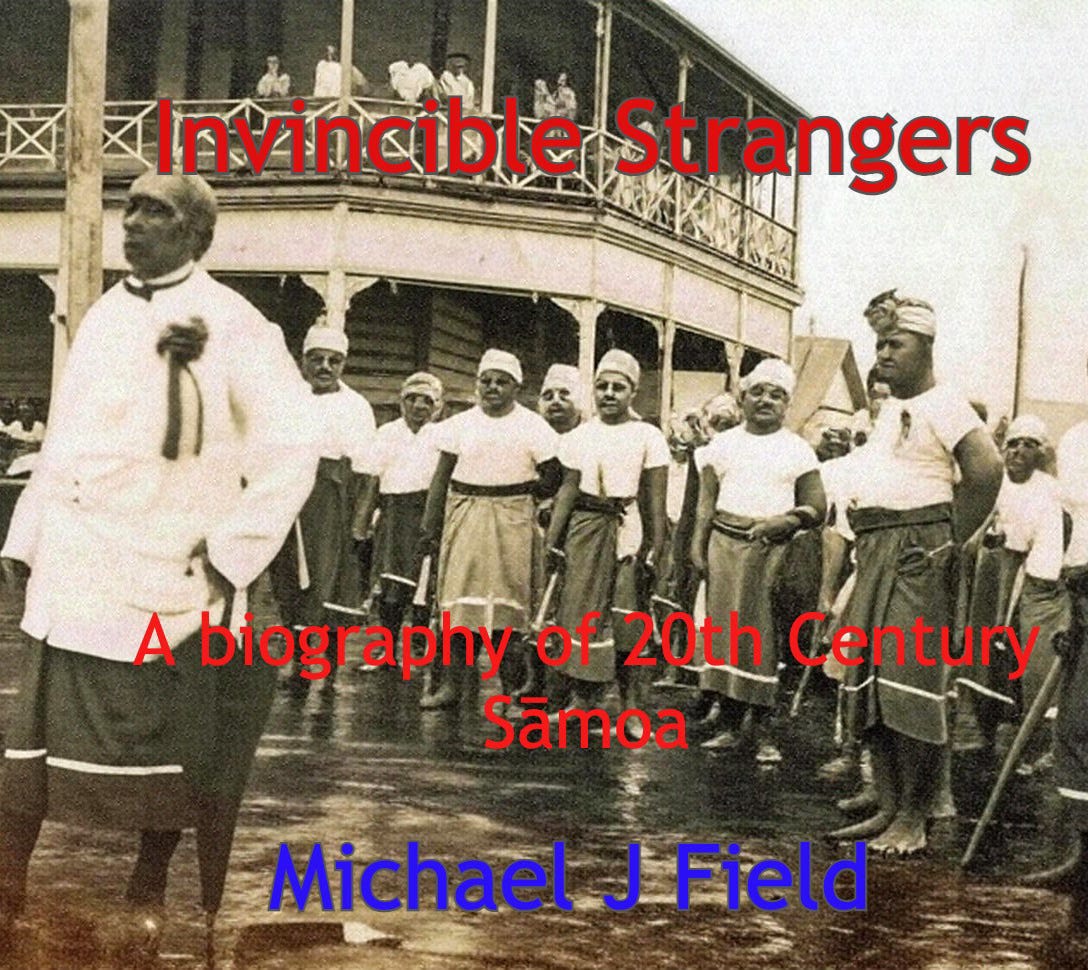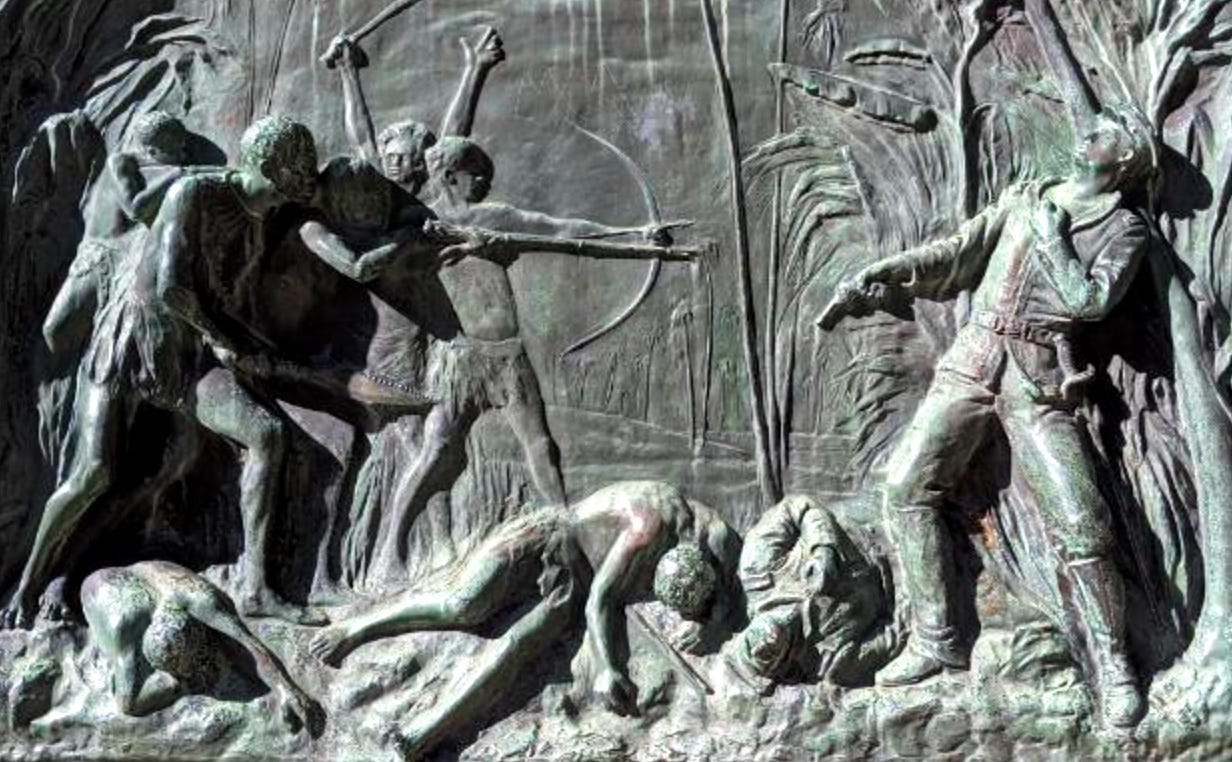Sāmoa versus imperial powers
Invincible Strangers 10 - Chapter 3
Sāmoa versus imperial powers
An American travel writer toured Vailele in 1898:
‘The plantation is beautifully situated on the edge of a lagoon, and the superintendent's house looks out over the reef, with its line of curling white breakers, to the limitless expanse of the blue Pacific. It was here, just ten years ago, that the Germans tried to land a force of some hundred sailors, with the result that they lost nearly half their little party.’
Early on 1 April 1899, Philadelphia’s steam launch was loaded with marines and sailors on a mission to follow up to the aborted ambush that Perkins and his men had walked into. It was the Vailele plantation, where in 1888 Mata’afa Iosefo had defeated German forces. Lansdale had asked Perkins how many men he could supply for the mission. Perkins asked how many they already had and was told about a hundred whites and 60 locals.
‘I remarked,’ Perkins said, ‘that I thought the force too small, that the enemy had been developed in considerable numbers, and that their strength was unknown.’
Lansdale responded that Royalist would shell the area. Perkins had made notes from the skirmish a day before, pointing to the considerable size of Mata’afa’s force and their ability to menace from a distance. Lansdale replied that everything was organised. At the Court House officers were milling about. Perkins talked to Lieutenant Angel Hope Freeman of Tauranga, the senior British naval officer on shore.
‘You know,’ Freeman said, ‘I am a perfect stranger to all this’.
Perkins said Monaghan ‘seemed unusually grave’. At 11.30 am., Lansdale led a 264-men force of Royal Marines, American sailors and 150 Red Tops. Sāmoans limited themselves to lavalava or loin clothes, their bodies slick with coconut oil and sweat. Papālagi were dressed for colder climates. Americans carried Springfield Krag .30 calibre rifles, the British with early model Lee-Metford rifles with .303 rounds. They hauled a Colt quick firing gun on wagon wheels. Unknown to Lansdale, an armourer had taken the Colt to pieces and not put it properly together again. Malietoa soldiers were given five bullets each.
Keep reading with a 7-day free trial
Subscribe to Michael Field's South Pacific Tides to keep reading this post and get 7 days of free access to the full post archives.



